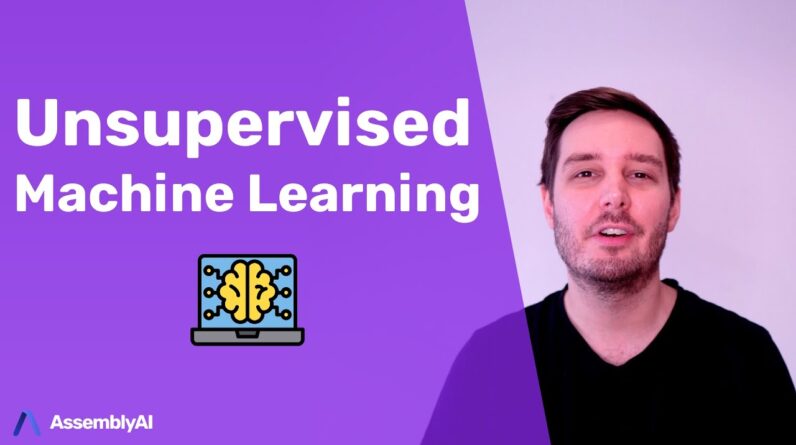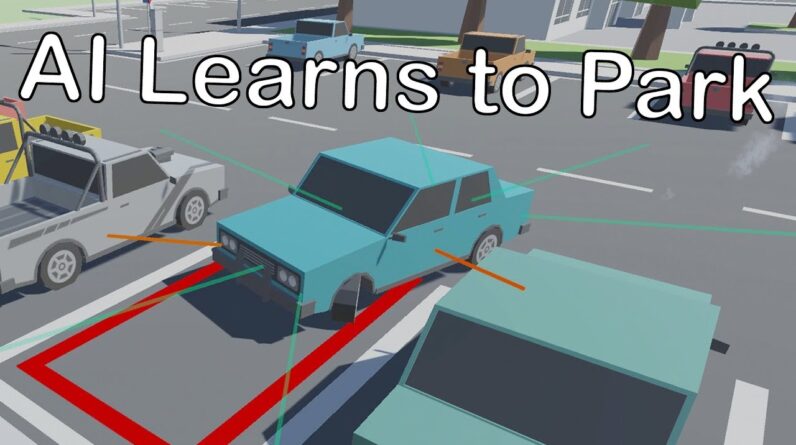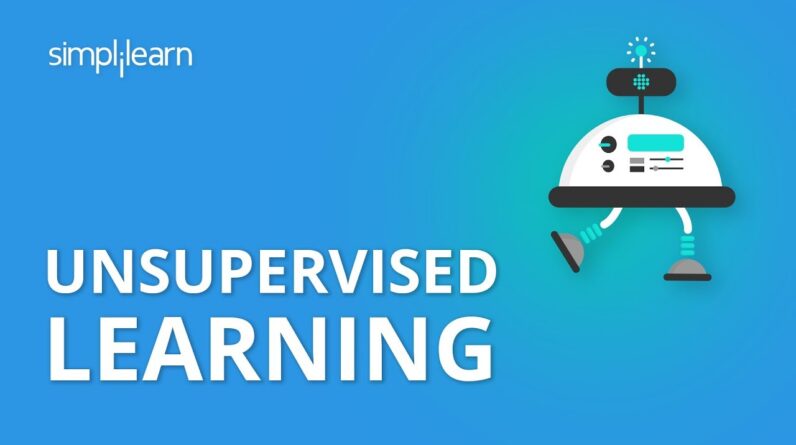Welcome to the first tutorial in our series on Reinforcement Machine Learning! In this post, we aim to demystify this complex topic by providing a step-by-step guide for beginners. Whether you’re a seasoned data scientist or a curious learner, this tutorial is designed to equip you with the fundamental knowledge needed to understand Reinforcement Machine Learning. So, sit back and let’s dive into this exciting world of cutting-edge technology!
Demystifying Reinforcement Machine Learning: A Step-by-Step Tutorial (Tutorial 1)
Reinforcement Machine Learning is a subfield of Artificial Intelligence that deals with the behavior of an intelligent agent in an environment. Instead of being trained with labeled data, the agent learns by interacting with its environment and receiving rewards or punishments. In this tutorial, we will demystify reinforcement machine learning by breaking down its components and providing a step-by-step guide to implementing it.
Introduction
Before we dive into the nitty-gritty of reinforcement machine learning, it is essential to understand its definition and how it differs from other machine learning algorithms. Reinforcement machine learning aims to find the best sequence of actions to take to maximize rewards while avoiding punishments. The best sequence of actions refers to the policy that maps a state to an action. It is similar to how humans learn, from trial and error.
Components of Reinforcement Machine Learning
Reinforcement Machine Learning has three primary components, namely the agent, the environment, and the reward/punishment system.
- The Agent: The agent is the decision-maker who interacts with the environment. The agent receives feedback from the environment in the form of rewards or punishments.
- The Environment: The environment is the surrounding in which the agent operates. The environment can be physical, such as a robot, virtual, such as a video game, or abstract, such as stock market situations.
- The Reward/Punishment System: The reward/punishment system is how the agent learns from the environment. The agent receives rewards for taking the correct actions and punishments for taking the wrong actions.
Implementing Reinforcement Machine Learning
Here is a step-by-step guide to implementing Reinforcement Machine Learning:
- Define the Problem: The first step in implementing reinforcement machine learning is to define the problem. Identify the environment, agent, and reward/punishment system.
- Define the State Space: The state space refers to the set of all possible situations the agent can be in. It is the first component of the agent’s policy, which maps a state to an action.
- Define the Action Space: The action space is the set of all possible actions the agent can take. It is the second component of the agent’s policy.
- Define the Reward/Punishment System: The Reward/Punishment system is how the agent learns. The agent receives a reward for taking the correct action and a punishment for taking the wrong action.
- Determine the Optimal Policy: The optimal policy refers to the best sequence of actions the agent can take to maximize rewards while avoiding punishments. The goal is to find the optimal policy to make the best decisions.
- Train the Agent: Train the agent by interacting with the environment and receiving rewards. The agent learns by trial and error, and the objective is to optimize the policy.
- Test the Agent: Test the agent by putting it in the environment and see how it responds. Observe if the agent has learned from its experiences and if it can maximize rewards while avoiding punishments.
Benefits of Reinforcement Machine Learning
- Higher Accuracy: Reinforcement Machine Learning algorithms have a higher accuracy rate than supervised and unsupervised learning algorithms.
- Real-Time Learning: Reinforcement Machine Learning can learn while interacting in real-time with its environment, making it suitable for dynamic environments.
- Personalized Responses: Reinforcement Machine Learning can learn from the actions of the user, providing personalized responses.
- Increased Efficiency: Reinforcement Machine Learning can optimize the policy, resulting in increased efficiency.
- Cost-Effective: Reinforcement Machine Learning can learn from minimal data and can optimize the policy, resulting in reduced costs.
Conclusion
Reinforcement Machine Learning is an exciting and powerful tool with vast applications in many fields. In this tutorial, we have provided a high-level overview of the components of Reinforcement Machine Learning, and we have provided a step-by-step guide to implementing it. We have also identified the benefits of using Reinforcement Machine Learning. By following this tutorial and practicing with different environments, you can develop a strong understanding of Reinforcement Machine Learning.
FAQs
- What is the difference between Reinforcement Machine Learning and Supervised Learning?
Reinforcement Machine Learning learns by interacting in real-time with its environment, whereas Supervised Learning relies on labeled data to train an algorithm. - What are some applications of Reinforcement Machine Learning?
Reinforcement Machine Learning has many applications, including robotics, video game AI, trading, and recommendation systems. - Can Reinforcement Machine Learning learn from minimal data?
Yes, Reinforcement Machine Learning can learn from minimal data and can optimize the policy, resulting in reduced costs. - Why is Reinforcement Machine Learning suitable for dynamic environments?
Reinforcement Machine Learning can learn while interacting in real-time with its environment, making it suitable for dynamic environments. - Is Reinforcement Machine Learning more accurate than Supervised Learning?
Yes, Reinforcement Machine Learning algorithms have a higher accuracy rate than Supervised and Unsupervised Learning algorithms.






